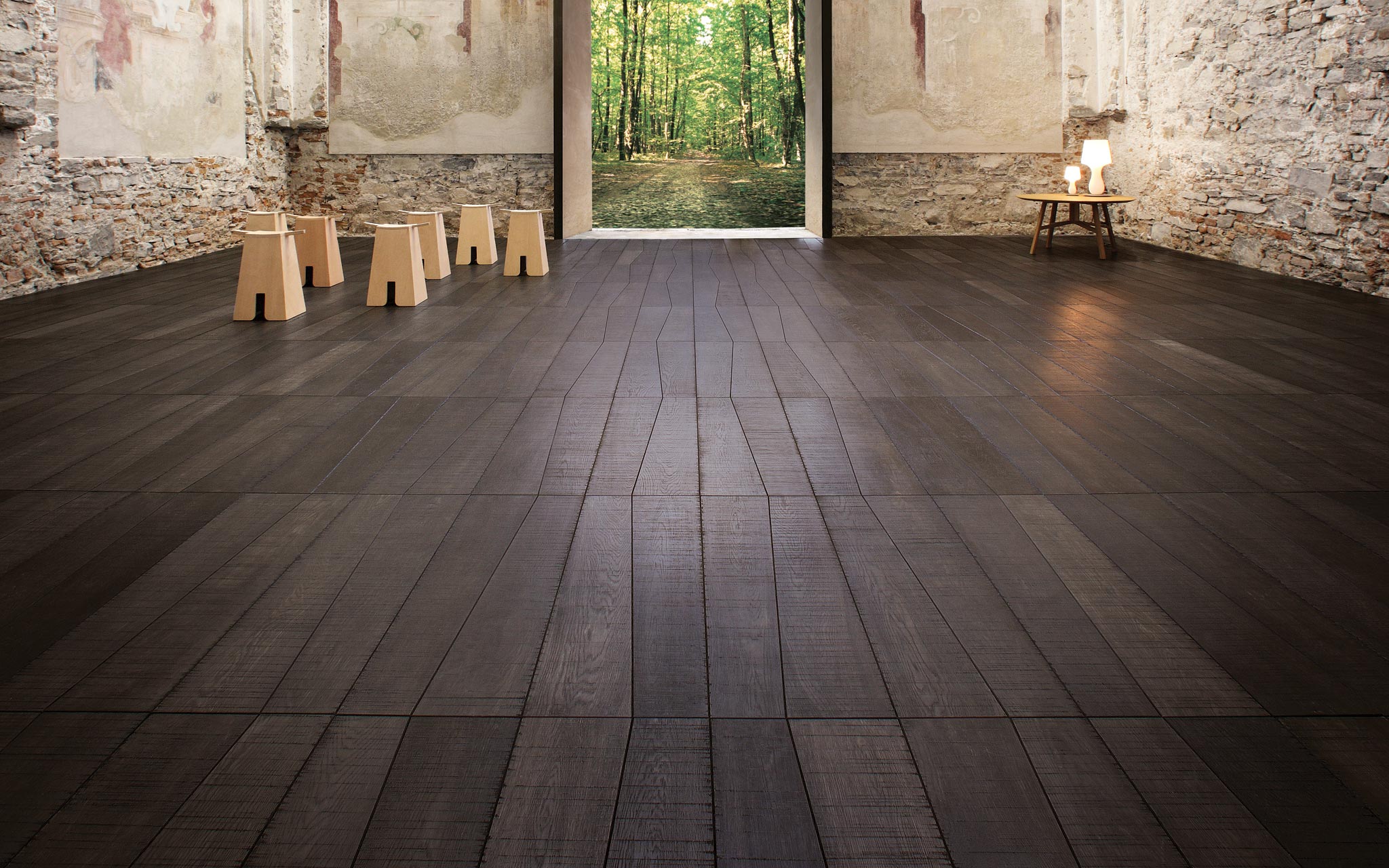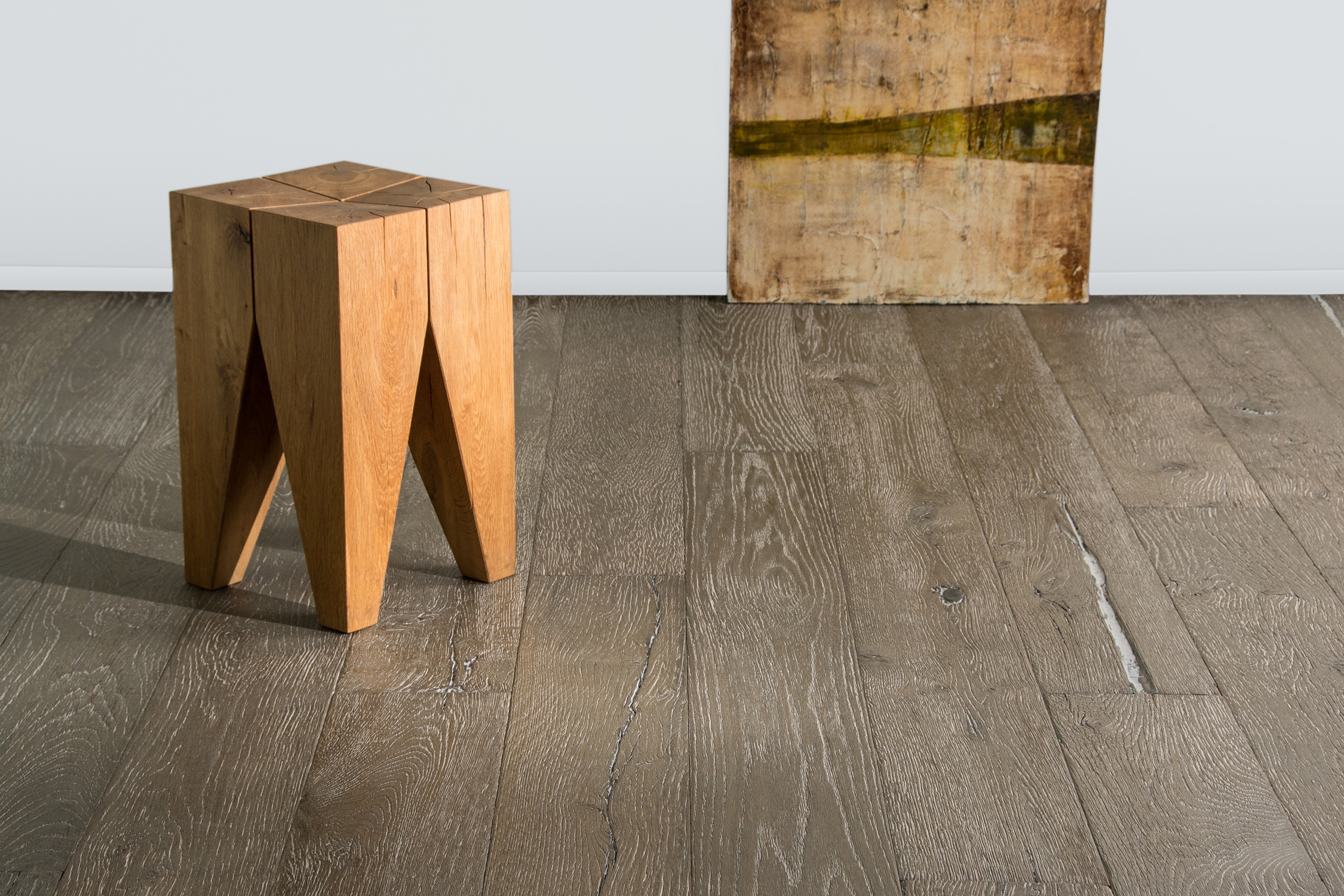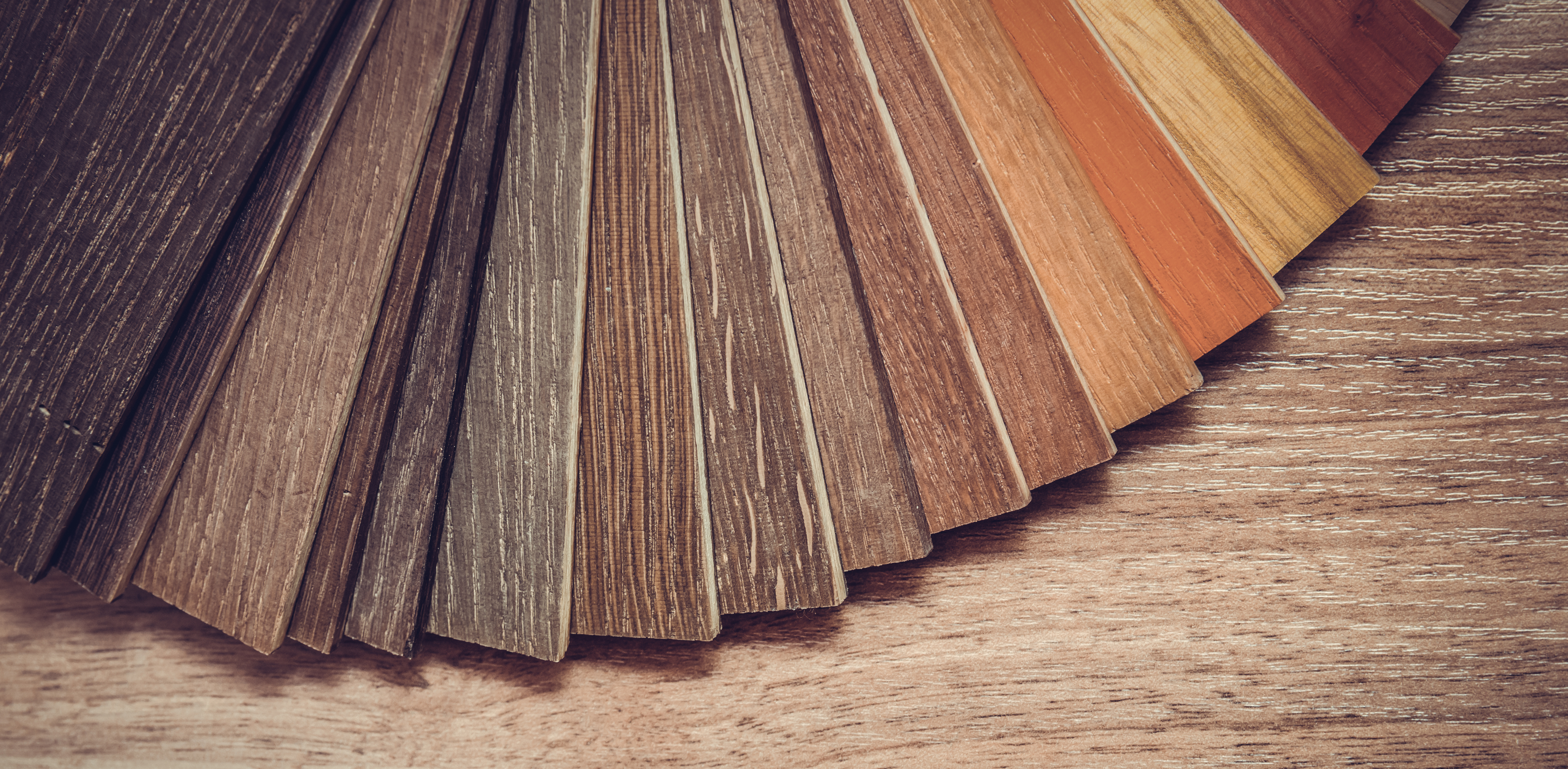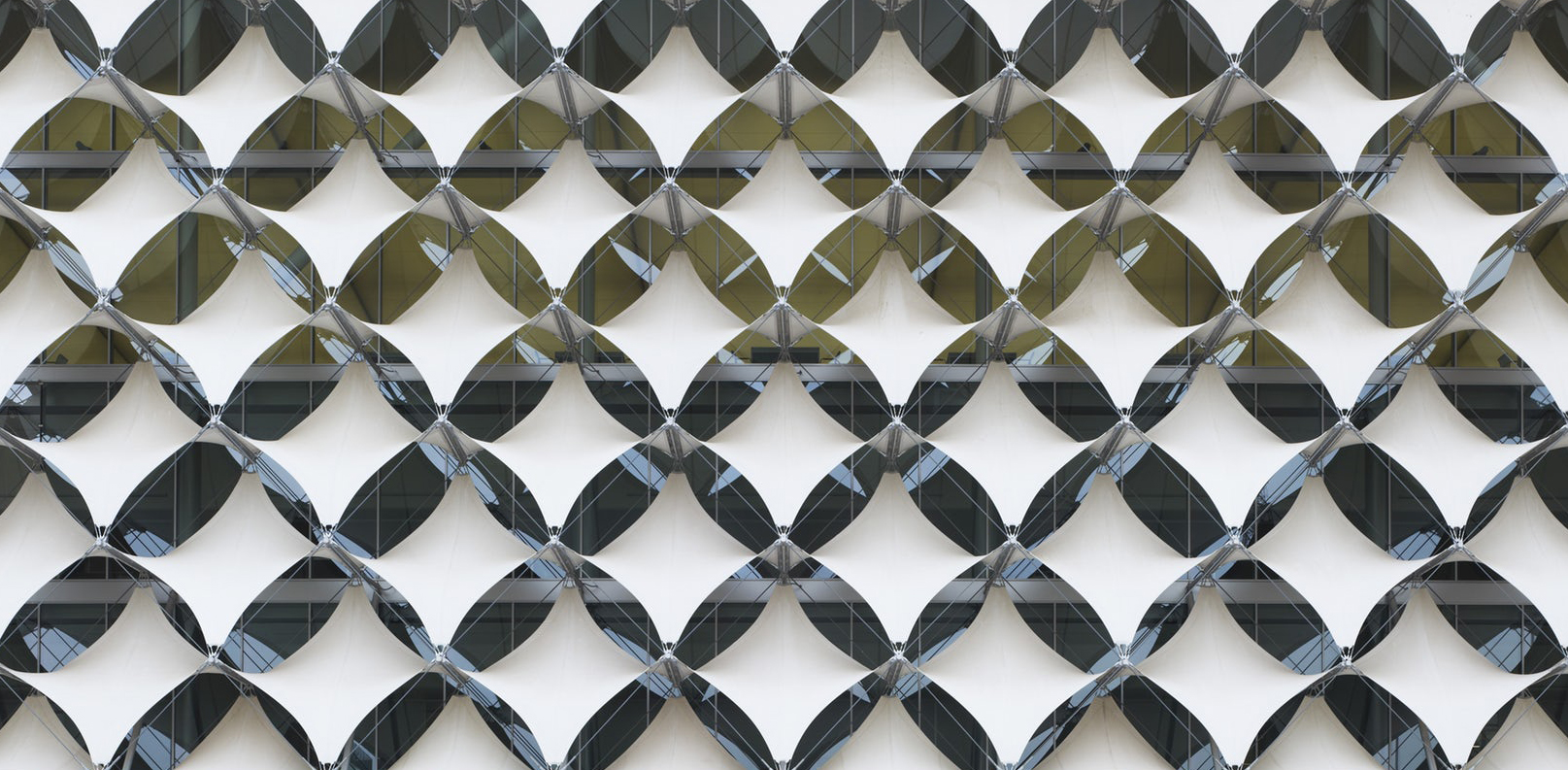Connect with huge architecture firms and gain new business through Architizer’s community marketplace for building-products. Click here for more information.
Understanding what architects know — and don’t know — about the building-product you manufacture is vital in giving you the edge over your competitors. This context can help you guide the conversation and provide architects with exactly what they need, both physical and practical. Not only can you offer great products that align with their creative vision, you can also give them timely advice that will help them bring a project to fruition.
Technically, wood isn’t the most complicated building material, but it does come with a mind-boggling array of choices. While architects are often highly knowledgeable about the materials they use, you can be sure that they haven’t explored all the options when it comes to wood flooring. This is where your expertise can prove invaluable. Here, we outline a few key factors that wood flooring brands should keep at their fingertips for the next architect that calls:

Plank selection as seen inside the Hudson Company’s Chelsea showroom; image courtesy the Hudson Company
Aesthetics
When it comes to wood products, the primary concern for architects is often appearance: the species, color, grain and finish of the wood are all key factors. Encourage architects to use descriptive words and photographs to illustrate what they are looking for, and be sure to ask them about the material palette they are using for the space as a whole. While the architect will not want anyone to dictate their design decisions, they will welcome insights on which species you have seen work well for completed projects.
Beyond species, you can also explain to architects how different finishes will affect the look and feel of their flooring. Whether it is waxed, acrylic impregnated, ultraviolet-cured or oiled, the finish an architect selects ranks as highly in importance as the wood itself — be sure to highlight all the options so they can make an informed decision.

Hardwood flooring by Listone Giordano
Performance
Looks aren’t everything, of course. Architects should know that the most important characteristic of a solid wood floor is its durability: the capacity to resist wear, denting and marring. You can explain to them how wood hardness is measured using the Janka Hardness Rating, and this will influence which species may be suitable for their needs. Ask them for specifics on how each space in their project will function, and offer advice on material choice accordingly.
You should also make architects aware of how finishes can improve the longevity of their flooring. Armed with this information, architects will better understand the benefits of moisture-cured coatings and other water-resistant finishes. They will then be better equipped to persuade their clients that any additional up-front costs will be worth it.

Red Hook Hardwood flooring by Architectural Systems
Style
Architects are likely to have some knowledge of newer flooring styles that stray from the typical board model, including wood panels in modern, parquet-inspired patterns. Explain how the flexibility of engineered wood floors has opened up new options in this area, while being visually indistinguishable from solid hardwood. Depending on your brand, you may be able to put forward some custom wood products they are not yet aware of.
If an architect is working with a tight budget, he or she may be inclined to choose wood imitators made out of linoleum or ceramic tile. While these may be a good fit for certain projects, it is worth highlighting the unique qualities of wood in comparison with these alternatives. Your knowledgeable but honest view on this will help build long-term trust in your brand.

Inside the Hudson Company’s Pine Plains mill; image courtesy the Hudson Company
Logistics
It is also worth offering advice on the logistics of purchasing, transporting and installing While an architect might have his or her heart set on a particular wood species, transportation costs and delivery time for the product may fundamentally affect their decision. You can also provide architects with insights on how each wood species evolves and ages over time. Emphasize that aesthetics and performance factors should be viewed hand in hand, as the latter inevitably affects the former.
Each architect you speak with will have a different level of knowledge about your wood products, and about wood flooring as a whole. The best approach is therefore to listen to them as they explain their design needs, and ask project-specific questions to ascertain what your brand can offer them. You can also share useful sources of information with them to help with their research — articles like An Architect’s Guide to: Wood Flooring provides architects with in-depth knowledge and case studies of completed projects.
Even if this conversation does not lead to an immediate sale, the knowledge you impart will not be forgotten by the architect, making them a valuable long-term contact for future business. In construction, playing the long game always makes sense.
Gain leads from major firms such as AECOM, HOK and OMA through Architizer’s community marketplace for building-products. Click here to sign up now.




